If we talk about innovations in pet food within the pet industry, we quickly come to the subject of raw materials and protein sources. Alternatives are needed! However, which are the right ones? Regine Schreiner lists them: „Innovative protein sources are Algae, insect proteins, fermentation-derived Proteins, lab-grown meat, and novel plant protein concentrates.“
Proteins are essential for numerous functions in the human and animal body: growth, repair, maintenance and performance, such as the formation of body mass, antibodies, hormones and important enzymes. An adequate amount of dietary protein – in both quantity and quality - is crucial for avoiding malnutrition, weakened immunity and growth depression. The classic sources of protein in pet food are of animal or plant origin. The proteins in the total rations are usually supplemented with amino and feed additives.

Innovative Protein Sources
Dr Regine Schreiner names two large groups of innovative protein sources:
- Macro algae (seaweeds, e. g. sugar kelp)
- Microalgae (e. g. Spirulina, Chlorella, Dunahella).
“Algae are generally an interesting source of proteins, amino acids, trace elements, magnesium, calcium and fatty acids,” she emphasises. According to her, the literature emphasises both the high nutritional quality of the algae and the need for further studies on the specific nutrient profile of the different varieties, the bioavailability of the nutrients they contain and their dependence on the cultivation conditions and post-harvest processing.
The digestibility of proteins found in macro algae is generally rather low. Thanks to their dietary fibre content, the potential for algae to contribute to gut health is perceived as high, although research into this matter is ongoing. „Processing, and particularly blanching, can lead to losing some minerals and soluble carbohydrates“, Schreiner underlines.
Insects for pet food
The expert cited insect proteins as a currently very popular topic in the field of alternative proteins. The following insects are the most common:
- Black Soldier Fly (Hermetia illucens)
- Common Housefly (Musca domestica)
- Yellow Mealworm (Tenebrio molitor)
- Lesser Mealworm (Alphitobius diaperinus)
- House cricket (Acheta domesticus)
- Banded cricket (Gryllodes sigillatus)
- Field Cricket (Gryllus assimilis)
- Silkworm (Bombyx mori)
„In…

 Menü
Menü

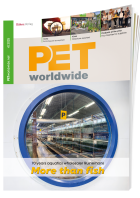



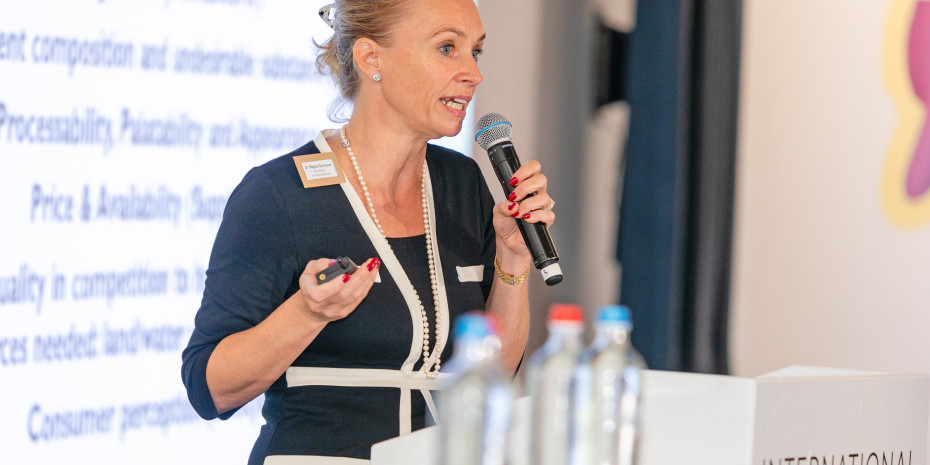


 5/2024
5/2024


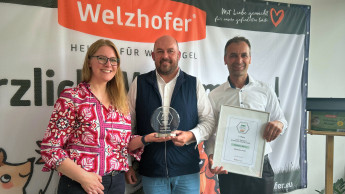

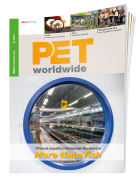

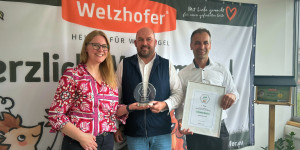




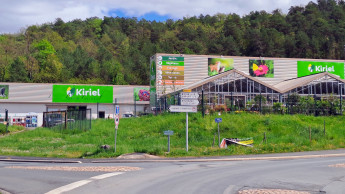
 Newsletter
Newsletter